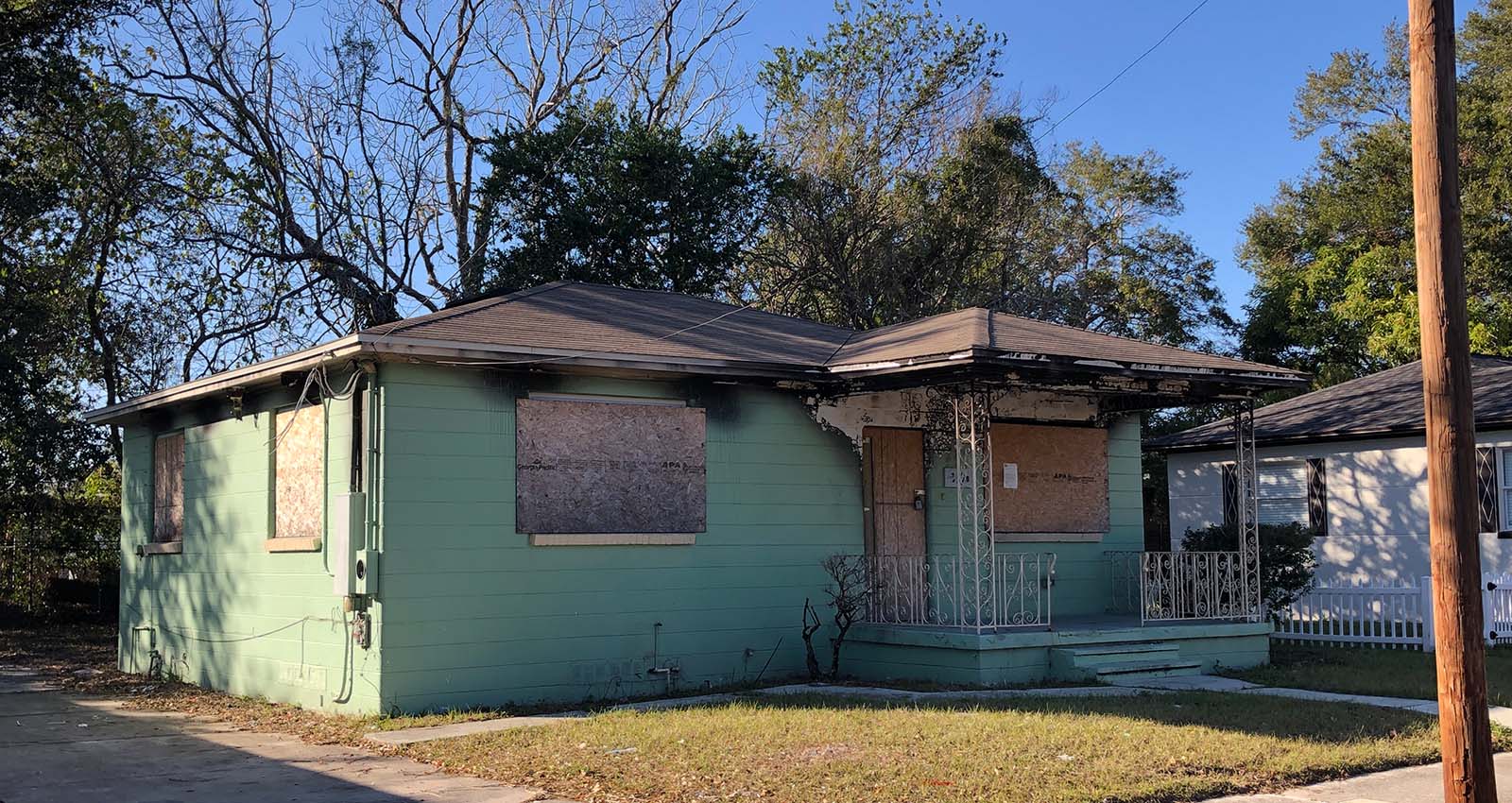Written by guest contributor: Bobby Creighton
 Vacant lots, boarded buildings, overgrown alleys littered with trash. The data is clear. To a vastly disproportionate degree, these harmful spaces puncture and slash through Tampa’s Black working class neighborhoods, and have inflicted decades of harm on our city’s most vulnerable residents. It’s a problem partly rooted in Tampa’s segregated history, and one that continues to plague families in neglected communities.
Vacant lots, boarded buildings, overgrown alleys littered with trash. The data is clear. To a vastly disproportionate degree, these harmful spaces puncture and slash through Tampa’s Black working class neighborhoods, and have inflicted decades of harm on our city’s most vulnerable residents. It’s a problem partly rooted in Tampa’s segregated history, and one that continues to plague families in neglected communities.
Ask anyone who lives in East Tampa, West Tampa, Sulphur Springs, or anywhere else in the city with a low AMI. They will tell you no matter how many police calls, code complaints, or pleas for support they make, some quality of life and safety concerns seem apparently unsolvable. Both the public and City officials share a sense of frustration and even hopeless resignation with the status quo. So how did we get here, what do we do well, and what do other places do differently?

These are questions we attempt to answer on vibrantplaces.org, the website created (with lots of help) to share what we’ve learned. The goal of the website is to open informed discussions on the topic. Admittedly, “vacant to vibrant” is something of a cliche. The alliterative title is attached to policies and programs in San Francisco, Tallahassee, Washington D.C., Belfast, within the EPA, on newsletter titles, and elsewhere. The tagline “vacant to vibrant” exudes such a simple and relatable vision it’s hard to resist.
On vibrantplaces.org, we show how approaches from other Florida cities differ from Tampa. Vacant property registration, mothballing for historic structures, and nuances of repeat violator policies are just a few of the topics discussed. We also dive into data about ownership challenges, where vacant spaces are prevalent, and who they impact most. A third party analysis may be useful to determine what has worked elsewhere and if that might be a good fit for Tampa, or if we need our own unique solutions. If exploring this issue might reveal small ways to improve people’s lives, why not try? Learn more at vibrantplaces.org.
